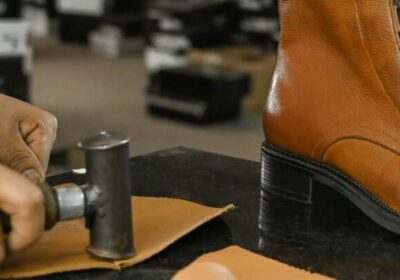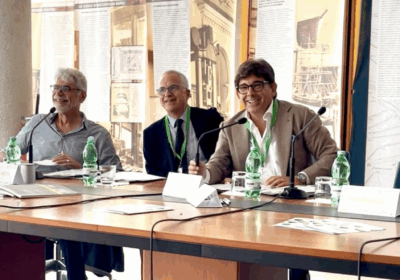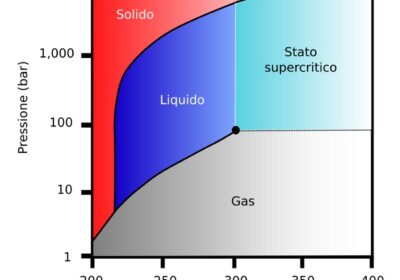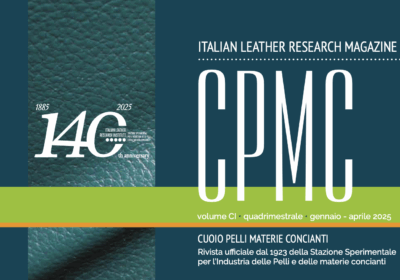
IL RAPPORTO – “La Bioeconomia in Europa”: La moda BioBased italiana leader d’Europa, grazie, prevalentemente, alla componente conciaria
Presentata lo scorso 17 giugno, presso l’Università LUISS Guido Carli di Roma, l’undicesima edizione del…

WEBINAR – Metodi chemiometrici e spettroscopia NIR per il controllo della produzione conciari
La spettroscopia NIR rappresenta uno strumento innovativo e rapido per il controllo qualità nella produzione…

Da CPMC – Tamburini (Pres. Camera Commercio Toscana Nord-Ovest): “Il cambio di paradigma dovrà essere una conquista effettiva”
La crescente attenzione ai temi della sostenibilità, responsabilità sociale, innovazione in una competizione globale sempre…

Italian Leather Research Summit 2025, alla Federico II il mondo della Concia ha incontrato Università e Ricerca per un “patto di filiera strutturato”
Nasce dall’Italian Leather Research Summit 2025 il “patto di filiera strutturato”: a Napoli la prima edizione…

Italian Leather Research Summit 2025, alla Federico II il mondo della Concia ha incontrato Università e Ricerca per un “patto di filiera strutturato”
Nasce dall'Italian Leather Research Summit 2025 il "patto di filiera strutturato": a Napoli la prima…

Leather Update n. 24-2025
Approfondimenti sulle attività di ricerca, formazione e ogni altra notizia rilevante per la filiera pelle.

FOCUS SCIENTIFICO – Prospettive di utilizzo dell’anidride carbonica supercritica in ambito conciario- II PT
Nei processi conciari, la tecnologia con CO2 supercritica è stata sperimentata per ridurre gli scarti e…

Da CPMC – Imperiale: “Dal Made in Italy al Will Make in Italy: valorizzare la tradizione, senza temere le sfide del futuro”
Il 2025 si apre con una riflessione che rappresenta, più che un esercizio teorico, una…

FOCUS SCIENTIFICO – Prospettive di utilizzo dell’anidride carbonica supercritica in ambito conciario- II PT
Nei processi conciari, la tecnologia con CO2 supercritica è stata sperimentata per ridurre gli scarti…

RIVISTA – LEATHER AGE MAGGIO 2025
◊ Letture presso la Biblioteca della Stazione Sperimentale Pelli ◊ Rivista di settore: Leather age
